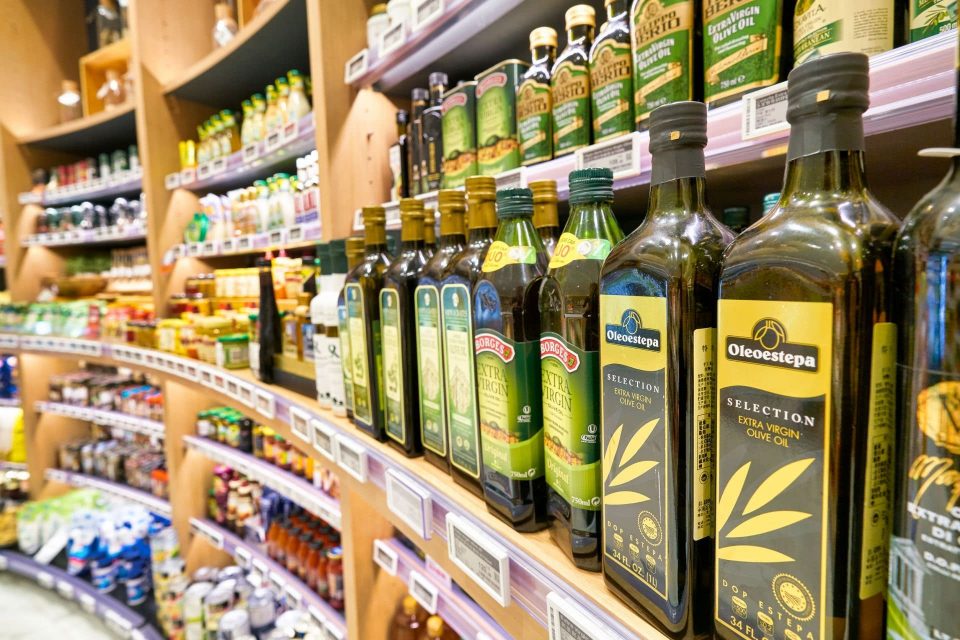By Riad Beladi
In recent months, the global market has witnessed a significant surge in olive oil prices, attributed to a myriad of factors, with extreme weather conditions in Europe playing a pivotal role. This report delves into the causes behind the sharp increase in prices, the impact on local supplies, and how producers and chefs are navigating the challenges posed by this olive oil crisis.
Supply Shortage in Europe:
Europe, a key player in the olive oil market, has been grappling with extreme weather conditions that have severely impacted local olive oil production. The Guardian reported that Spain, one of the largest olive oil producers globally, was projected to produce only 750,000 tonnes of olive oil in 2023. This marked a stark decline from the typical annual yields of 1.3 million tonnes, highlighting the severity of the situation. Furthermore, 2022 witnessed a meager yield, exacerbating the strain on the market.
The Impact on Prices:
The dwindling local supplies have triggered a sharp increase in olive oil prices, leading to concerns among consumers, producers, and chefs alike. With supply unable to meet the demand, the market dynamics have shifted, and prices have doubled, creating a ripple effect across the industry.
Resilience in the Face of Crisis:
Despite the challenges, producers and chefs are demonstrating resilience and adaptability in response to the olive oil crisis. To cope with the shortage, creative solutions and innovative measures are being employed. Producers are exploring alternative methods to maximize yield, while chefs are revisiting recipes and incorporating alternative cooking oils into their repertoire.
Tips and Tricks for Coping:
As olive oil prices continue to soar, consumers, producers, and chefs are sharing tips and tricks for coping with the crisis. Substituting olive oil with alternative oils, such as sunflower or canola oil, in cooking and dressings is becoming a common practice. Additionally, consumers are advised to stock up on olive oil when prices are relatively lower to mitigate the impact on their budgets.
Conclusion:
The 2023 olive oil crisis in Europe, driven by adverse weather conditions and a significant drop in local production, has led to a substantial rise in prices. The consequences of this shortage are felt across the industry, affecting producers, chefs, and consumers alike. However, the resilience of those involved in the olive oil market is evident as they navigate the challenges posed by this crisis. As the situation unfolds, the industry will likely continue to adapt and innovate to ensure the availability and affordability of this essential culinary staple.



